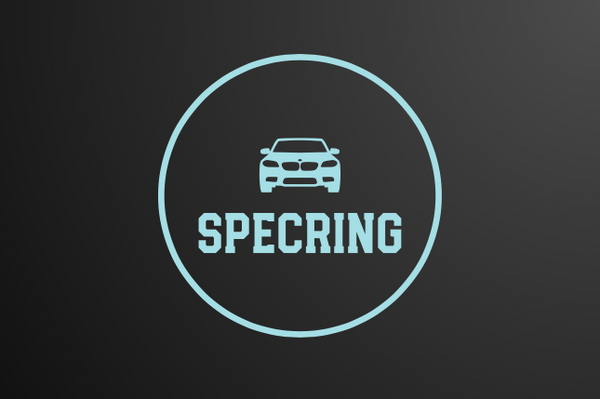Carbon fiber has become a staple in the automotive performance industry, offering strength, lightweight properties, and an aggressive aesthetic. But not all carbon fiber is created equal. The type of weave used can impact the durability, flexibility, and even the appearance of the final product. If you're looking to upgrade your BMW with carbon fiber parts, understanding these weaves can help you make the best choice.
In this guide, we’ll break down the different types of carbon fiber weaves and determine which one is best suited for various BMW upgrades.
What Is a Carbon Fiber Weave?
A carbon fiber weave refers to the pattern in which individual carbon strands are woven together. This weave affects the strength, weight, flexibility, and visual appeal of the final product. Carbon fiber sheets are layered over molds and infused with resin to create the lightweight and strong components used in automotive performance parts.
Types of Carbon Fiber Weaves
1. Plain Weave
Overview
The plain weave is the simplest form of carbon fiber construction. Each strand alternates over and under another strand, forming a checkerboard-like pattern.
Pros:
- High stability and uniform appearance
- Good for smaller, complex parts
- Less prone to fraying
Cons:
- Stiffer than other weaves, making it harder to conform to curves
- Slightly heavier than more advanced weaves
Best Use Cases:
- Mirror caps
- Interior trim pieces
- Small aerodynamic components
2. Twill Weave
Overview
Twill weave is one of the most commonly used carbon fiber weaves in the automotive industry. It features a diagonal pattern, where strands pass over two or more strands before going under.
Pros:
- Aesthetic appeal with a sleek, woven look
- Good balance between flexibility and strength
- Conforms well to complex shapes
Cons:
- More expensive than plain weave
- Slightly more prone to distortion under stress
Best Use Cases:
3. Harness Satin Weave
Overview
This weave pattern has long floats, meaning the fibers run over multiple others before going under. The result is a smoother, glossier finish.
Pros:
- Extremely flexible and droppable, ideal for large surfaces
- High impact resistance
- Creates a luxurious, seamless look
Cons:
- Less stable than twill or plain weave
- Requires more layers for strength
Best Use Cases:
- Roof panels
- Large body panels
- Custom wide-body kits
4. Forged Carbon Fiber
Overview
Unlike traditional woven carbon fiber, forged carbon fiber is created using chopped carbon fiber strands mixed with resin and compressed under heat and pressure.
Pros:
- Unique, modern appearance
- High strength-to-weight ratio
- Resistant to impact and stress fractures
Cons:
- Higher cost due to manufacturing complexity
- Limited flexibility for shaping intricate parts
Best Use Cases:
- High-performance steering wheels
- Custom engine covers
- Exclusive aerodynamic enhancements
Which Carbon Fiber Weave is Best?
There’s no one-size-fits-all answer, as the best weave depends on the application.
- For everyday use and smaller components: Plain weave offers durability and cost-effectiveness.
- For exterior aesthetic upgrades: Twill weave provides a premium look with added flexibility.
- For high-performance applications: Forged carbon fiber ensures maximum strength with a distinct, eye-catching design.
Where to Buy High-Quality Carbon Fiber Parts
At spec-ring, we offer a range of carbon fiber parts specifically designed for BMW models. Whether you're looking for a front bumper lip, rear diffuser, or custom interior pieces, our carbon fiber products are engineered for durability, aesthetics, and performance.
Understanding the differences between carbon fiber weaves can help you make the best decision when upgrading your BMW. Whether you prioritize strength, flexibility, or aesthetics, choosing the right weave ensures your carbon fiber parts look great and perform at their best.
Ready to Upgrade?
Explore our collection of premium BMW carbon fiber parts at spec-ring and give your ride the performance edge it deserves.

